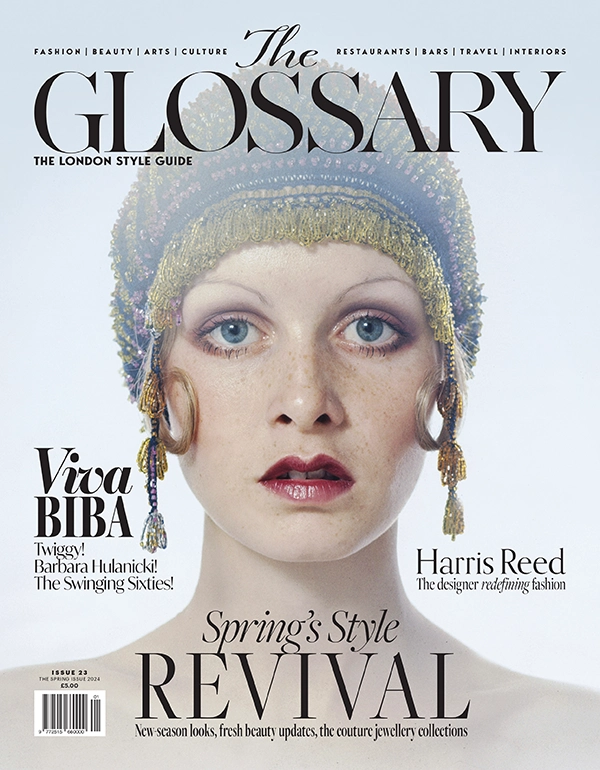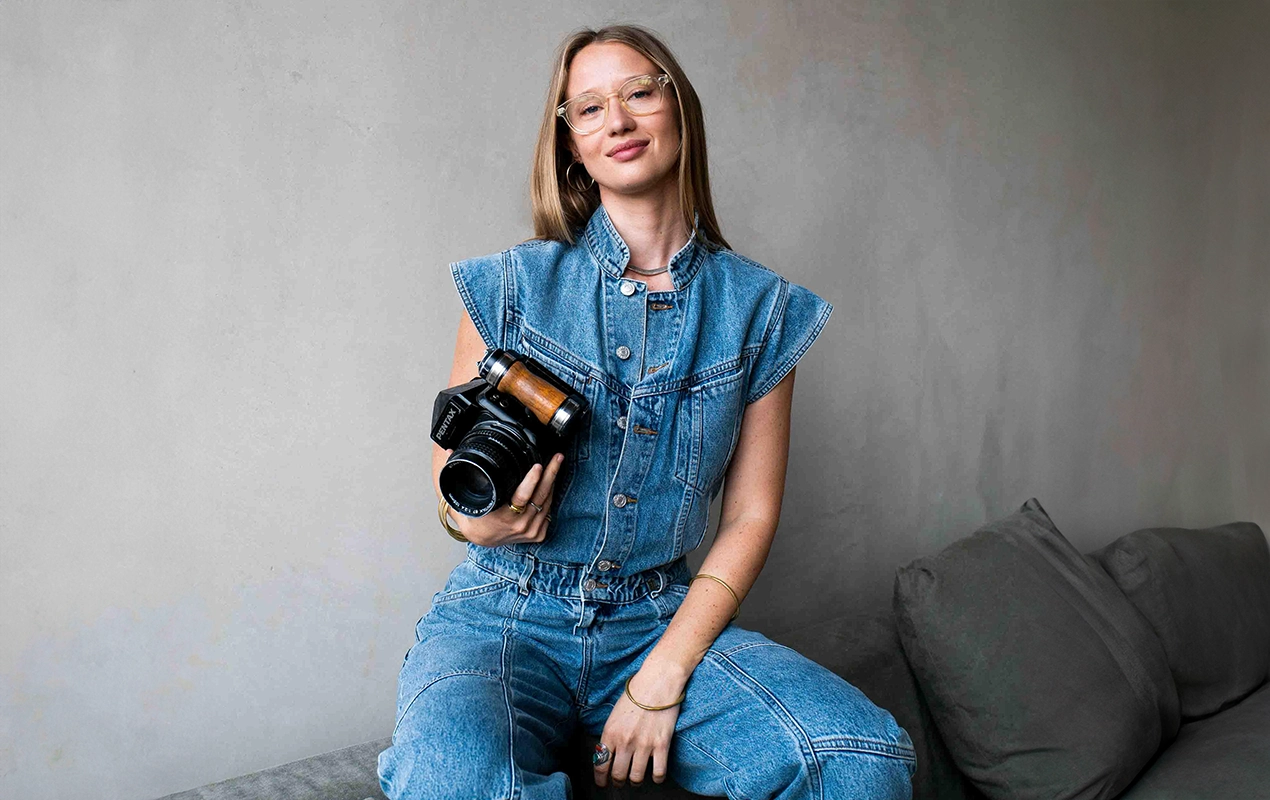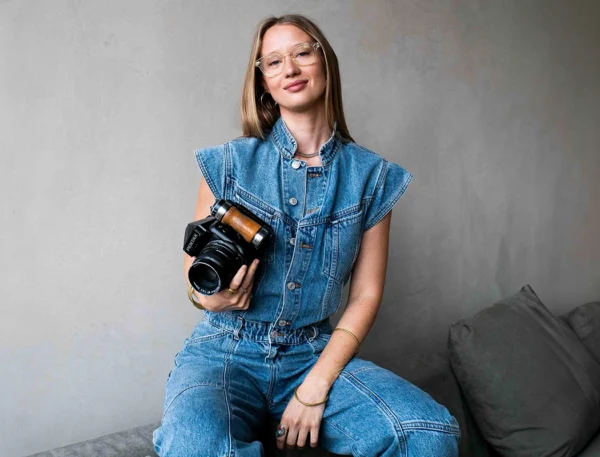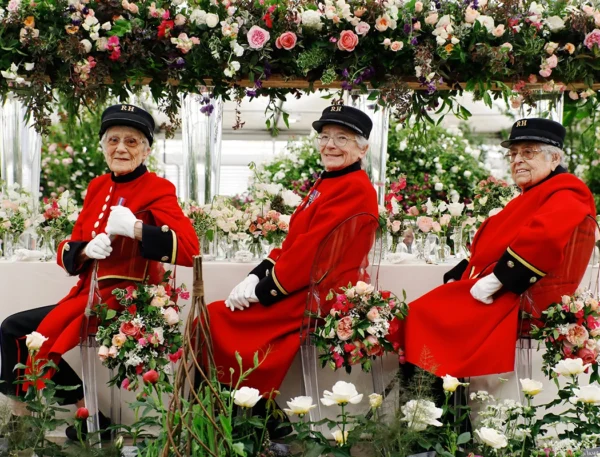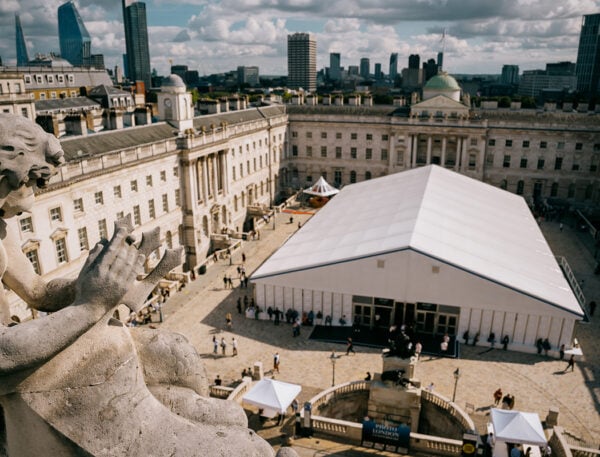The new London exhibitions will have every art lover and culture seeker booking tickets this Spring. There really is something for everyone, from a rare opportunity to see late works by Caravaggio at the National Gallery to the chance to marvel at Sir Elton John and David Furnish’s extraordinary collection of photography at the V&A. Not forgetting the smaller galleries, which celebrate everything from the Japanese art of Mingei to the gardens of Giverny. These are the new exhibitions in London to have on your must-see radar.
The Glossary Edit
New Art Exhibitions in London
Fragile Beauty: Photographs from the Sir Elton John and David Furnish Collection
V&A Museum
18 May - 5 January 2025
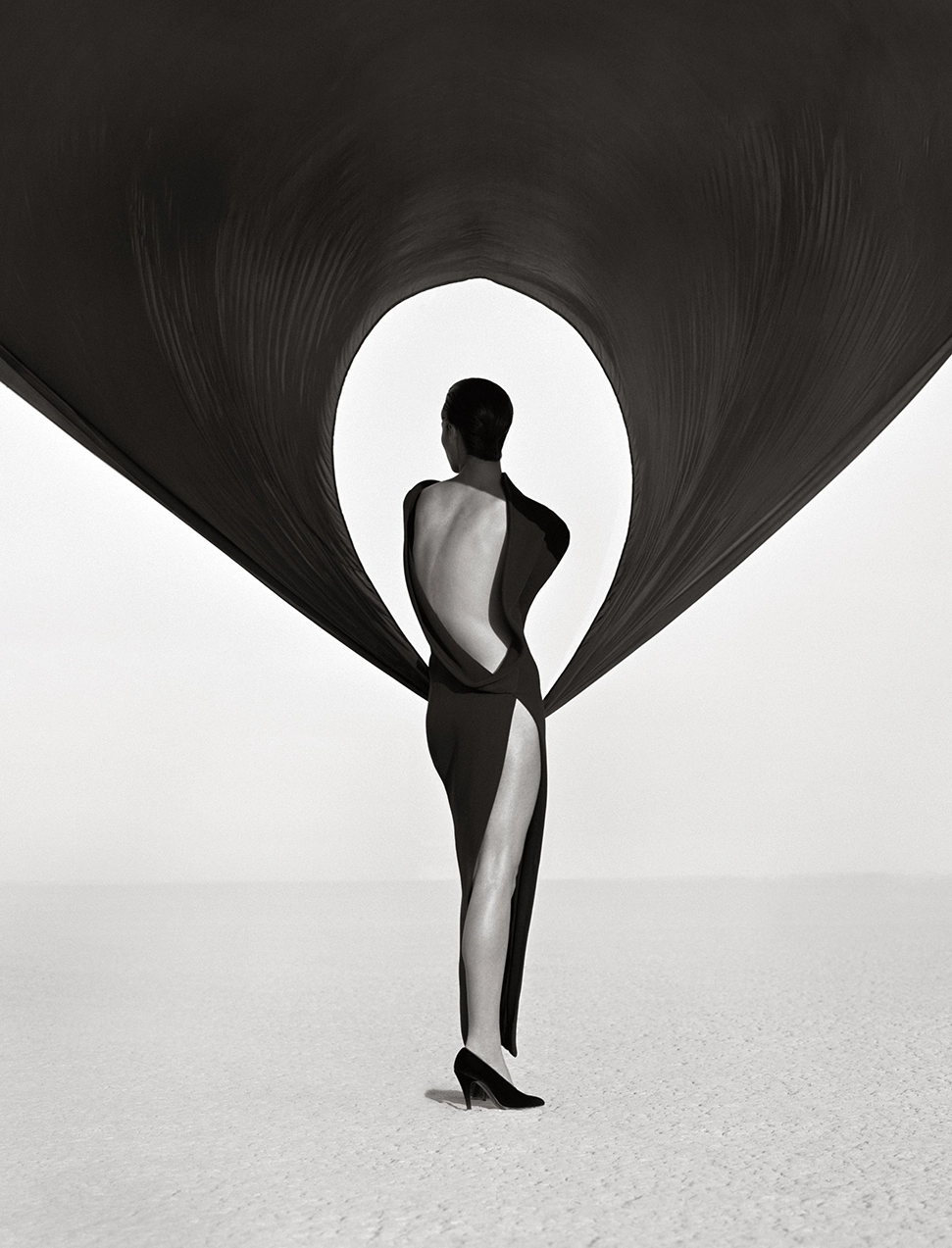 Pin
Pin This rare glimpse into the private photography collection of Sir Elton John and David Furnish, in partnership with Gucci, promises to be one of the most talked about new exhibitions in London this Spring. It brings together an unrivalled selection of 300 prints by 140 of the world’s leading modern and contemporary photographers – Robert Mapplethorpe, Cindy Sherman, William Eggleston, Diane Arbus, Sally Mann, Zanele Muholi, Ai Weiwei and Carrie Mae Weems among them. A must-see celebration of John and Furnish’s passion for the medium and a chance to appreciate their expert eye as collectors over the past three decades.
Frank Auerbach: The Charcoal Heads
The Courtauld
Until 27 May
 Pin
Pin Throughout his career, the German-British artist Frank Auerbach produced some remarkable bodies of work. One is a series of large-scale portrait heads made in charcoal, brought together here for the first time, which he did during his early years as an artist in post-Second World War London. Auerbach literally spent months on each drawing, painstakingly reworking them during numerous sessions with the sitters.
The results are as richly textured as they are full of vitality.
Angelica Kauffman
Royal Academy
1 March - 30 June
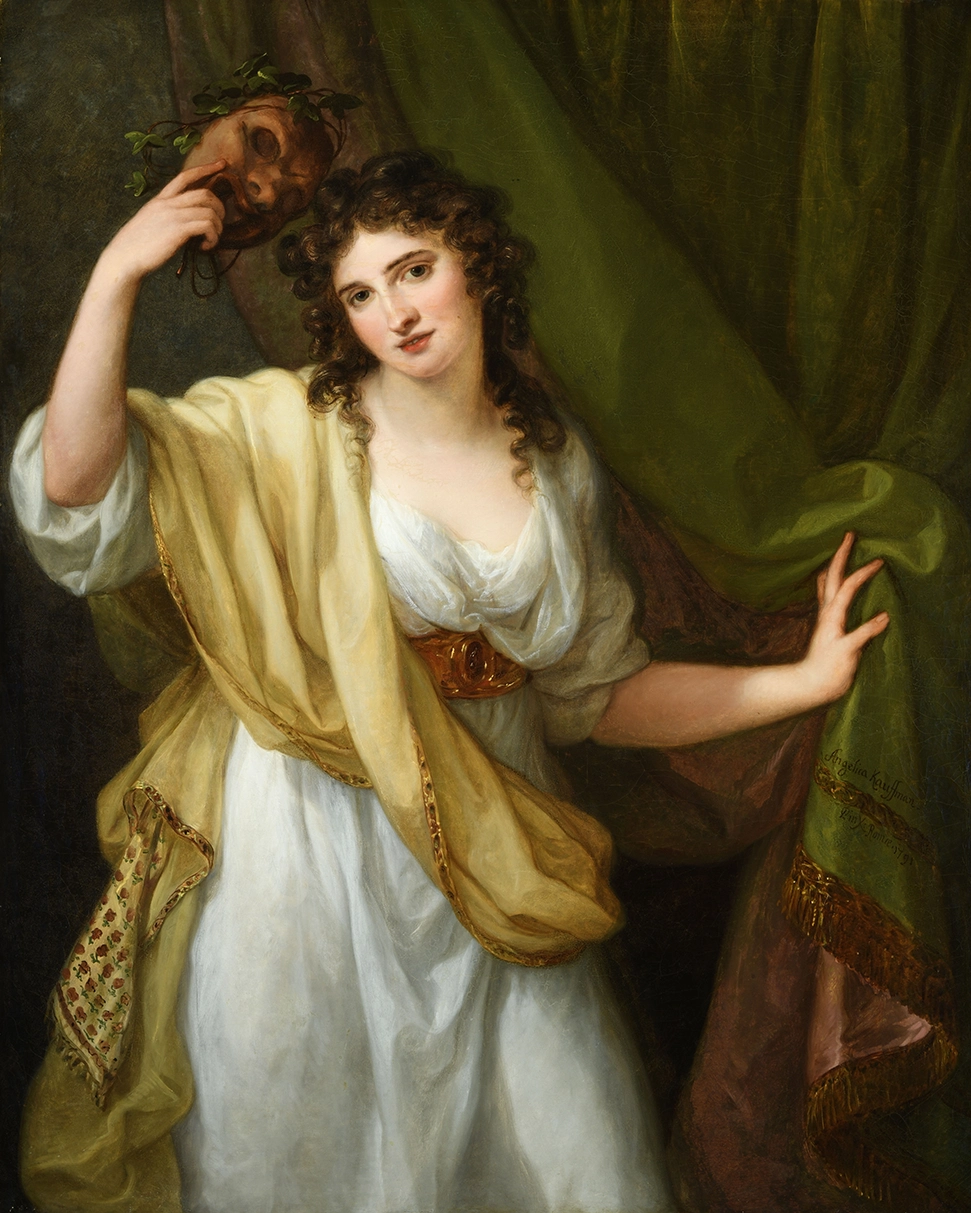 Pin
Pin 18th century artist Angelica Kauffman – once described by a contemporary as “the most cultivated woman in Europe” – led a remarkable life. She painted some of the most influential figures of the day – from queens to countesses, actors to socialites – as well as depicting female protagonists from mythology and classical history. This exhibition in the Sackler Wing traces the arc of her extraordinary life and work, from her rise to fame in London and her role as a founding member of the RA to her later career in Rome.
Sargent and Fashion
Tate Britain
Until 7 July
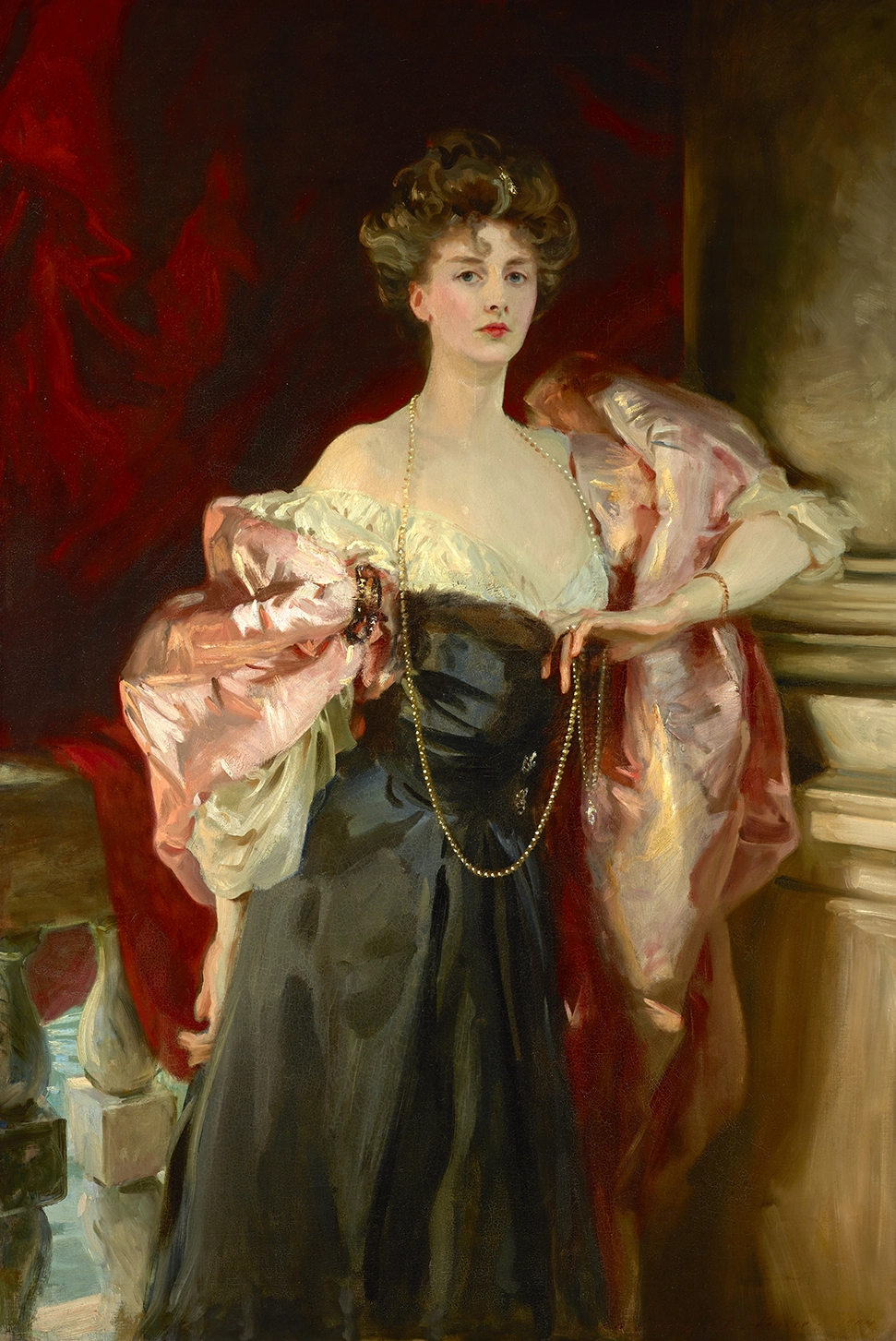 Pin
Pin Staged in collaboration with the Museum of Fine Arts in Boston, this blockbuster show explores portrait painter John Singer Sargent’s dynamic with his often-affluent clients and their wardrobes. 60 paintings are displayed alongside more than a dozen period dresses and accessories, some of which were worn by his sitters and are being reunited with their portraits for the first time. A fascinating new perspective on the artist and the role of dress in his work.
Barbara Kruger: Thinking of You. I Mean Me. I Mean You
Serpentine
Until 17 March
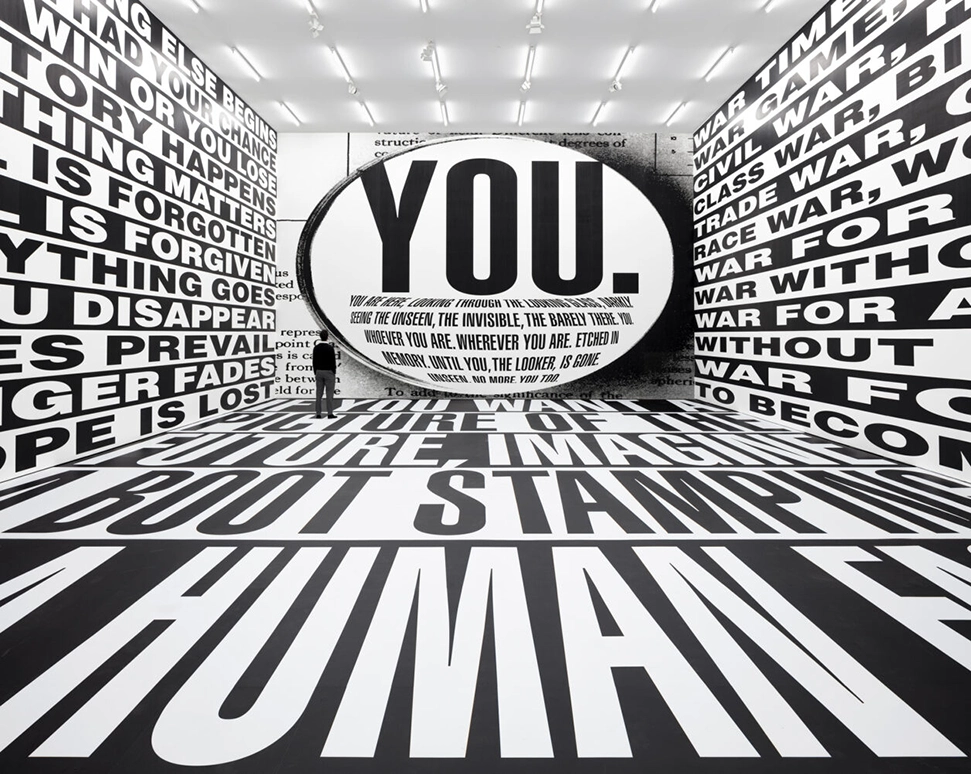 Pin
Pin American conceptual artist and collagist Barbara Kruger first worked in graphic design for Condé Nast Publications, where she developed her visual language. She soon built up a reputation for her artworks, which are a combination of imagery and text taken from magazines, television, video and newspapers, exploring power, gender, class and consumerism. This is her first solo institutional show in London in 20 years, featuring iconic pieces as well as more recent and adapted works, displayed both indoors and outdoors at Serpentine.
Bert Hardy: Photojournalism in War and Peace
The Photographers’ Gallery
Until 2 June
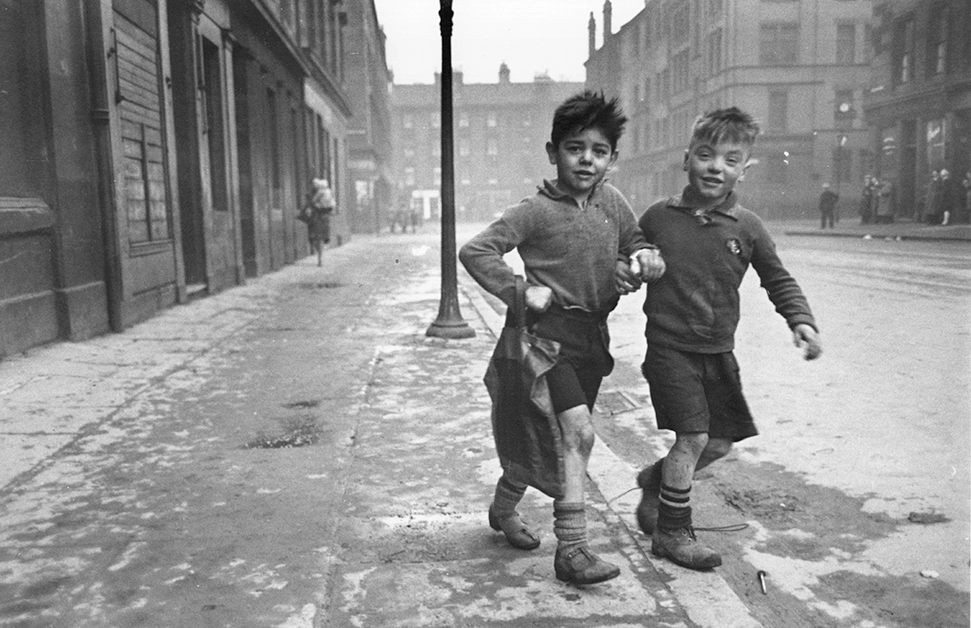 Pin
Pin Born in London’s Blackfriars, Bert Hardy taught himself photography, going on to become one of the most influential press and documentary photographers of his time. His unparalleled career saw him serve as a combat cameraman in the Army Film and Photographic Unit, become a photojournalist at the renowned Picture Post, before turning his attention to advertising. This retrospective brings together all these different layers, including imagery from the Blitz and liberation of Bergen-Belsen to his social documentary work in mid-century Britain. Objects from Hardy’s archive, such as press passes, correspondence, diaries and original publications, as well as camera equipment, add to the display.
Entangled Pasts, 1768 - Now: Art, Colonialism and Change
Royal Academy
Until 28 April
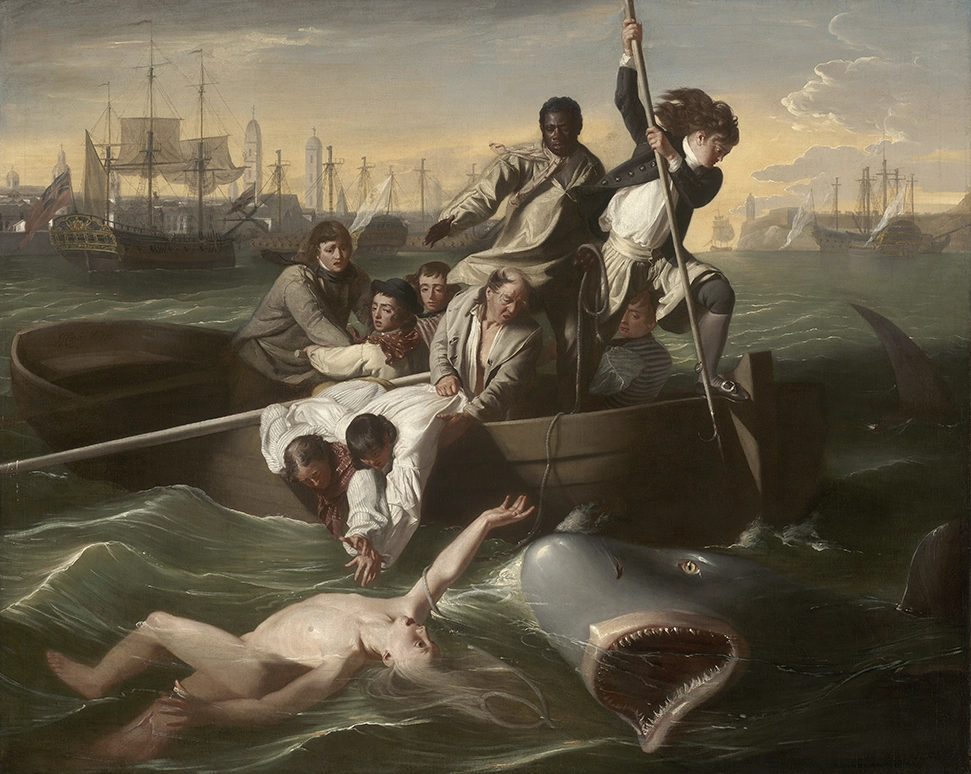 Pin
Pin The RA addresses the role of art in shaping narratives of empire, enslavement, resistance, abolition and colonialism from 1768 to now – and how it may help set a course for the future. You’ll see works by leading contemporary artists, including large-scale installations such as the life-size painted cut-out figures of Lubaina Himid’s Naming the Money, powerful paintings, photographs, sculptures, drawings and prints by everyone from Sonia Boyce and Isaac Julien to Yinka Shonibare. These are displayed alongside works by artists from the past 250 years including Joshua Reynolds, J.M.W.Turner and John Singleton Copley to explore questions and start conversations around themes of migration, exchange, artistic traditions, identity and belonging.
Zineb Sedira: Dreams Have No Titles
Whitechapel Gallery
Until 12 May
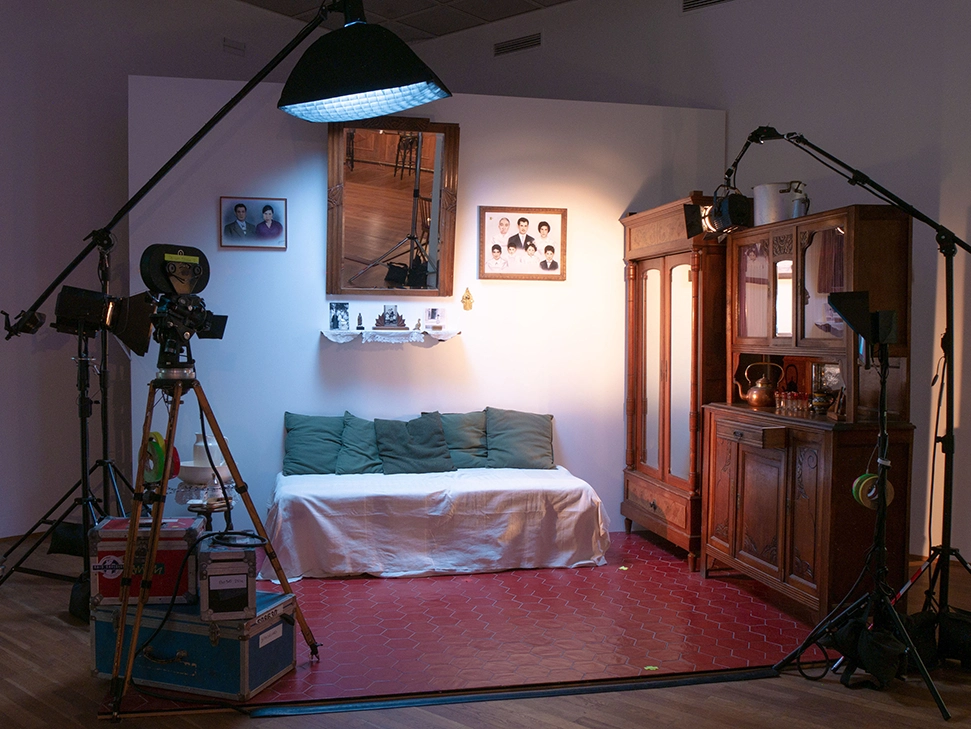 Pin
Pin Zineb Sedira brings Dreams Have No Titles to east London’s Whitechapel. The multimedia installation transforms the galleries into a series of film sets, each one referencing specific titles alongside the French-Algerian artist’s personal history. As the visitor goes from room to room, they’ll be immersed in an unfolding narrative that blurs truth from fiction, reality from artifice, whether encountering the reconstructed ballroom from Ettore Scola’s groundbreaking film Le Bal (1983) or an exact facsimile of Sedira’s flat in Brixton where people can settle into her sofa to read or watch the TV.
The Last Caravaggio
National Gallery
18 April - 21 July
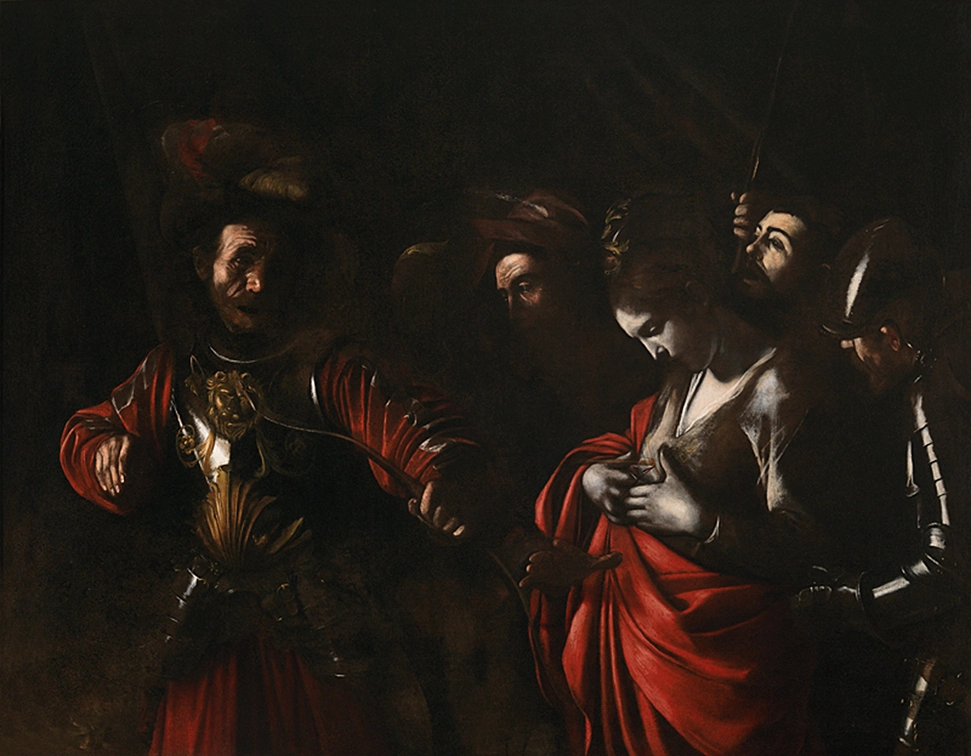 Pin
Pin The National Gallery marks its 200th anniversary with a once-in-a-lifetime opportunity to see two Caravaggios side by side. The Martydom of Saint Ursula (1610) has been lent by the Intesa Sanpaolo Collection (Gallerie d’Italia – Naples) and will be displayed with Salome receives the Head of John the Baptist (about 1609-10) from the National Gallery collection. The former work was only reattributed to Michelangelo Merisi da Caravaggio (1571-1610) in 1980; painted during the last few months of his life, it features a self-portrait of the artist peering over the saint’s shoulder. The National Gallery’s Caravaggio was also painted during the Italian artist’s latter years, giving the visitor a better understanding of this period of his life and the work he produced.
The Biba Story, 1964-1975
Fashion & Textile Museum
22 March - 8 September
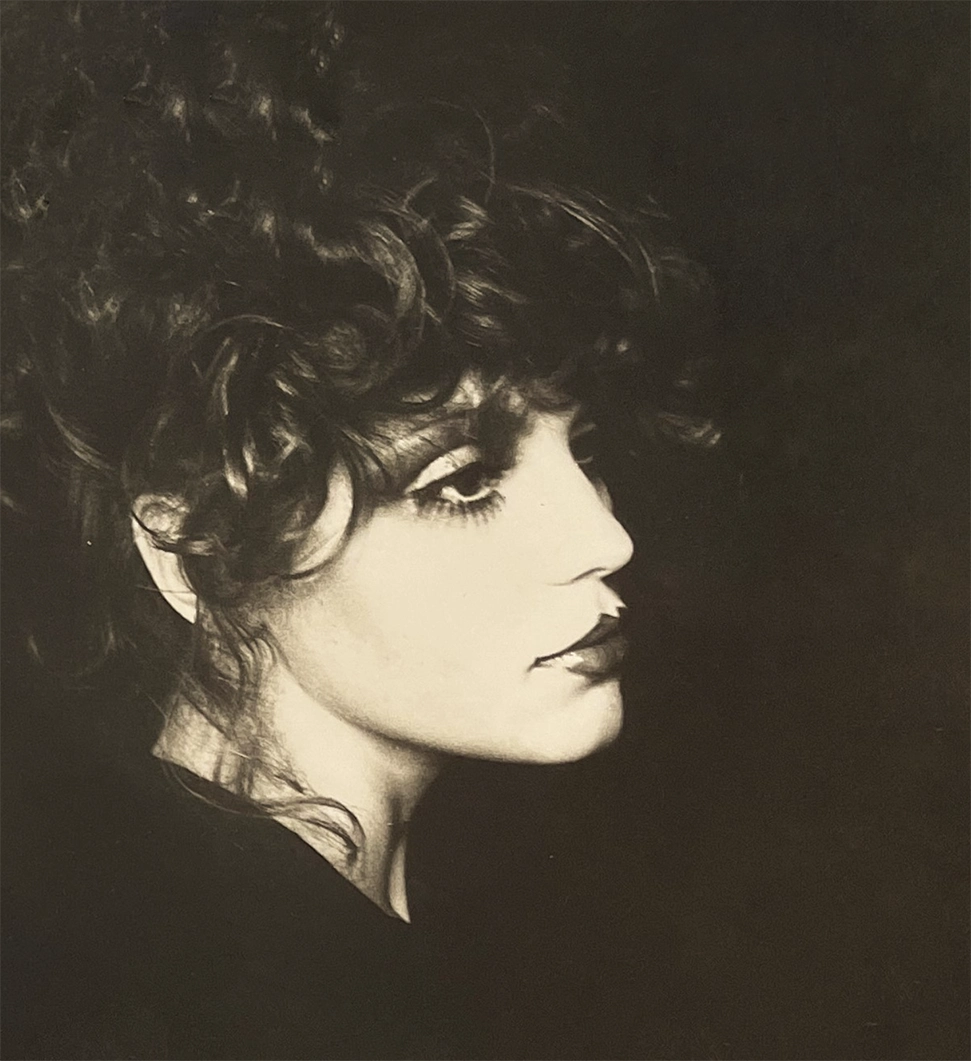 Pin
Pin This Spring the Fashion & Textile Museum turns its attention to Warsaw-born fashion illustrator-turned-designer Barbara Hulanicki and the fashion phenomenon that she created – Biba. Curated by Martin Pel, it charts the Biba journey, starting from 1964, when Hulanicki opened her first Biba boutique on Abingdon Road, Kensington. The show ends in 1975 when Big Biba – the legendary department store often described as a ‘Willy Wonka factory for fashion’ – closed its doors to the public for the very last time. Expect archival pieces of clothing, original photography, film and material – all of which have personally been chosen by Hulanicki herself, who is now 87. As she herself once said: ‘It isn’t just selling dresses, it’s a whole way of life’.
Tropical Modernism: Architecture and Independence
V&A Museum
2 March - 22 September
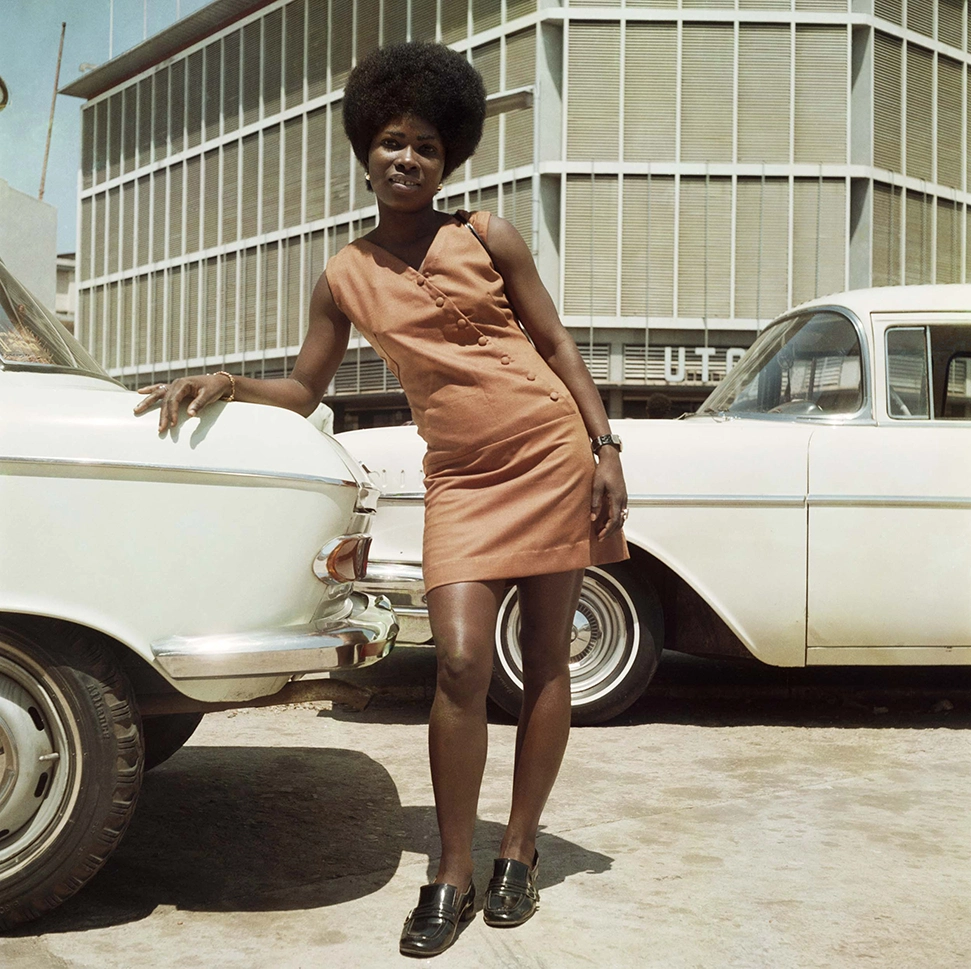 Pin
Pin This richly historical display is one of the new exhibitions in London this Spring that you won’t want to miss, spotlighting the architectural style that developed in the hot, humid conditions of West Africa and India in the 1940s. Led by British architects Maxwell Fry and Jane Drew, the look was minimalist, but it incorporated cutting-edge approaches to climate control. The pair worked primarily in India and Ghana where the functional aesthetic became popular after independence, where it was considered a symbol of the modernity, internationalism and progressiveness of these new countries.
Enzo Mari
Design Museum
29 March - 8 September
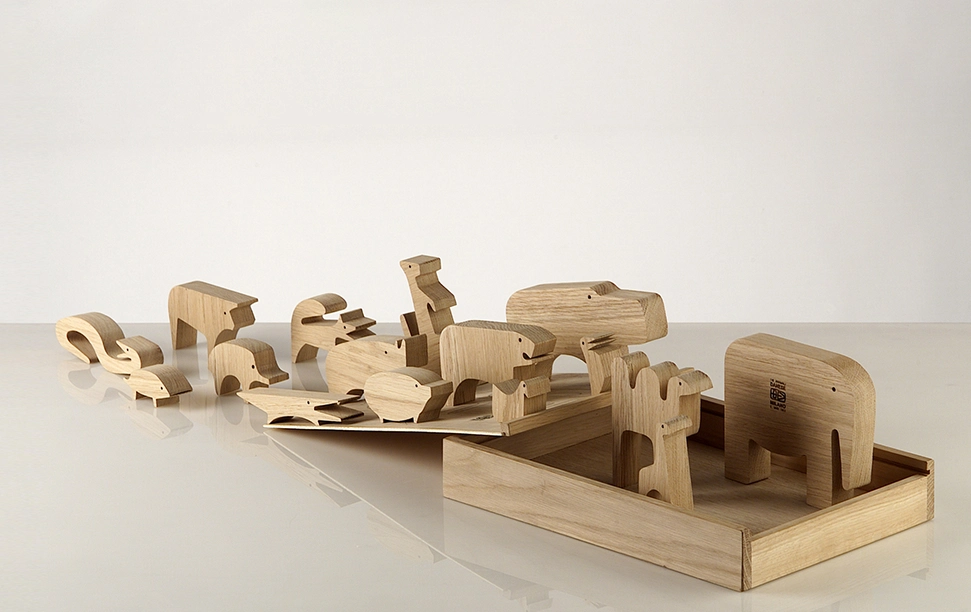 Pin
Pin Hans Ulrich Obrist and Francesca Giacomelli have curated a one-of-a-kind exhibition about the greatest Italian designer of the 20th century – Enzo Mari – who could also add artist, teacher and theorist to his cap. During his prolific 60-year career, he became as famous for his belief in the social responsibility of design as he did for his work. This retrospective celebrates both, with hundreds of his projects – from furniture to conceptual installations – on display; in addition, several newly commissioned pieces pay tribute to Mari’s life and legacy. No design aficionado will want to miss this new exhibition in London.
Jean-Marie Toulgouat: Gardening Giverny
Garden Museum
13 March - 24 April
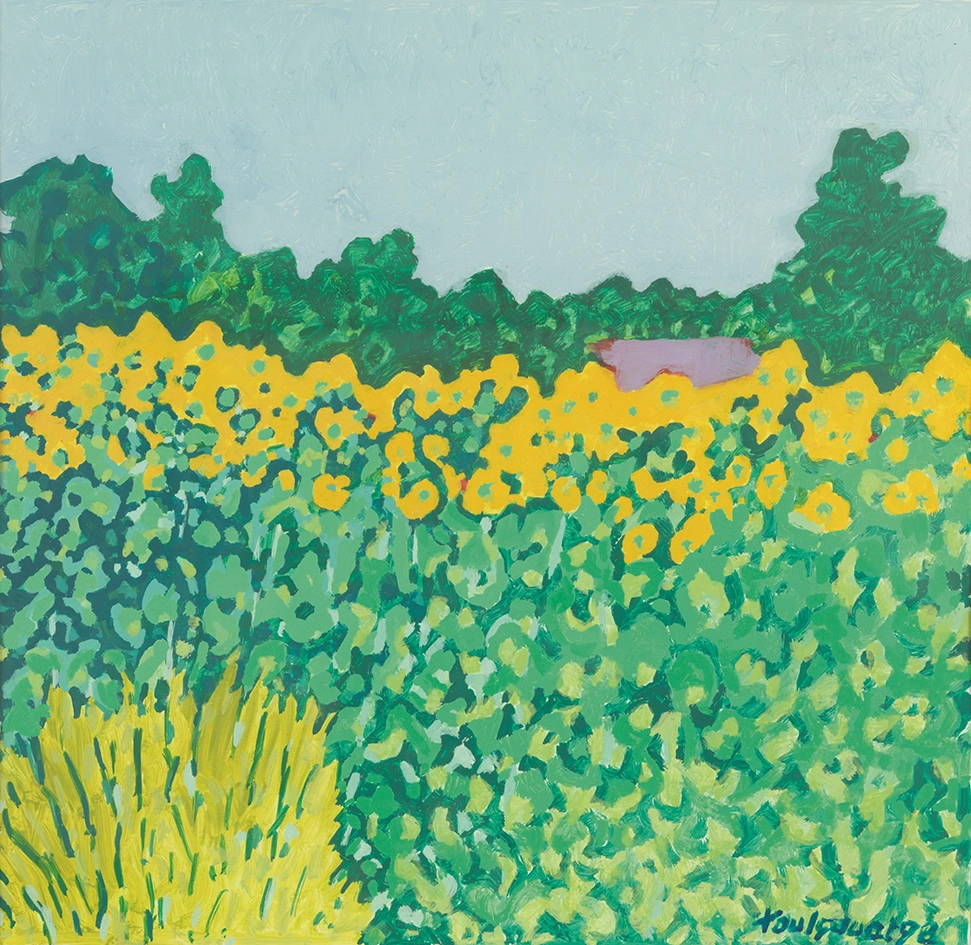 Pin
Pin Growing up amongst the beautiful gardens of Giverny in Normandy, France, Jean-Marie Toulgouat was exposed at an early age to the works of the Impressionist masters Monet, Pisarro, Manet, Cézanne and Renoir. Indeed, he was the great-grandson of Claude Monet by marriage. Toulgouat returned to Giverny in his thirties where he was closely involved in the restorations of Monet’s famous gardens, as well as spending time capturing them on canvas. This exhibition – presented in collaboration with David Messum Fine Art – brings together Toulgouat’s vibrant oils of the gardens, which so beautifully depict his personal relationship with the land.
Art Without Heroes - Mingei
William Morris Gallery
23 March - 22 September
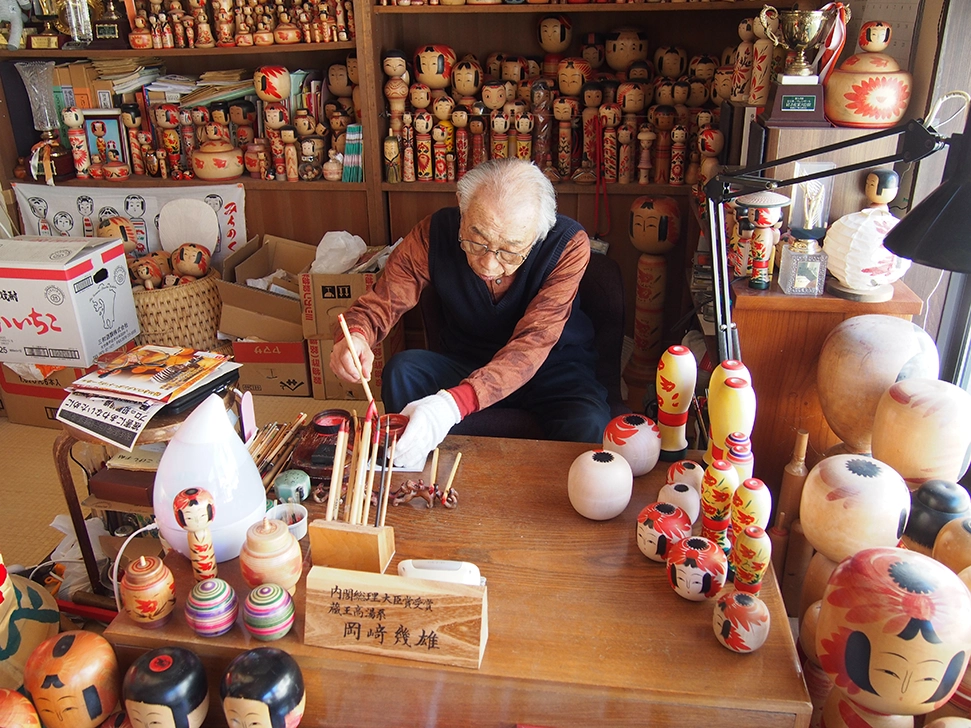 Pin
Pin The largest UK exhibition to shine a light on Mingei, a folk-craft movement that developed in Japan in the 1920s and 30s. First coined by philosopher Yanagi Soetsu, ‘Mingei’ means ‘the art of the people’ and focuses on the overlooked beauty of art and crafts that are practical and used in daily life. Ceramics, woodwork, paper, toys and textiles have all been brought together – some from private collections – to give a context and greater understanding of a movement whose principles remain relevant to craft, manufacturing and material consumerism to this day.
Francesca Woodman and Julia Margaret Cameron: Portraits to Dream In
National Portrait Gallery
21 March - 16 June
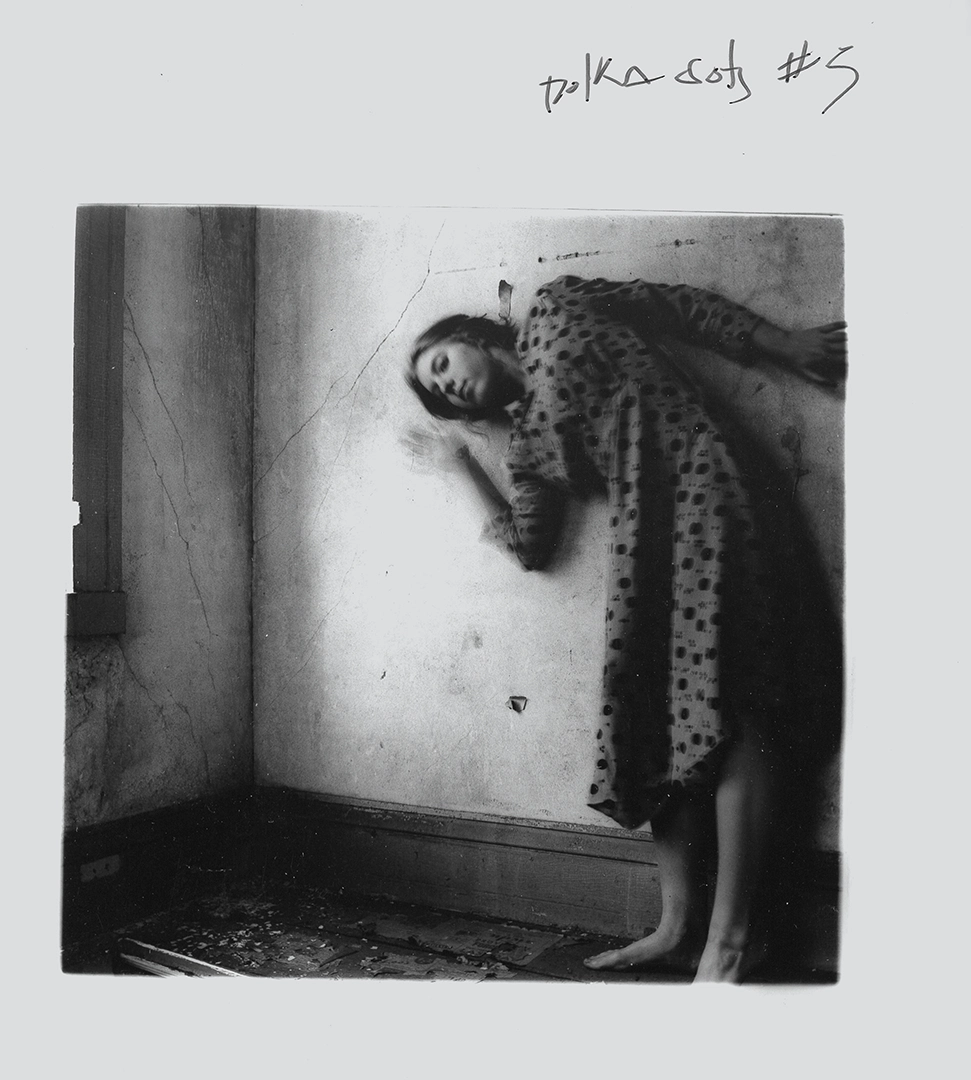 Pin
Pin Though they lived a century apart, Francesca Woodman and Julia Margaret Cameron were two of the most influential women in the history of photography. Cameron worked in the UK and Sri Lanka from the 1860s, while Woodman was prolific in America and Italy in the 1970s. Both however, were adept at creating multiple layers to their portraits, incorporating symbolism and storytelling. More than 160 vintage prints – many incredibly rare – will be on display, not only giving insight into the incredible oeuvre of these two women, but also the different ways photographic portraiture was created in the 19th and 20th centuries.
Standing on the Shoulders of Giants
Saatchi Gallery
8 March - 12 May
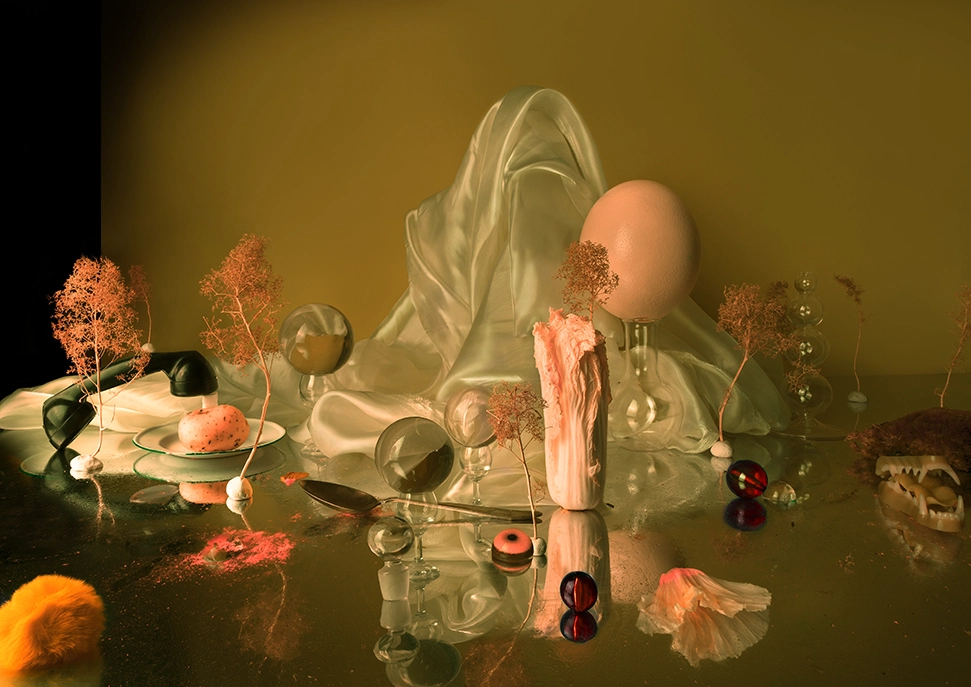 Pin
Pin Galleries 1 and 2 of Saatchi Gallery will be given over to Dutch female artists from March to May, to platform not just the established names but also the emerging. The exhibition is inspired by the rich history of artistic giants – like the 18th century still-life painter Rachel Ruysch and sculptor Saar de Swart – taking the narrative and reshaping it for the current and future generations of women artists. Curated by Loise te Poele, expect to see names like Simone Albers, Anne von Freyburg, Janine van Oene and Anya Janssen exhibiting, while the Rijksmuseum, Amsterdam has also contributed a loan from their collection.
Now You See Us: Women Artists in Britain 1520 - 1920
Tate Britain
16 May - 13 October
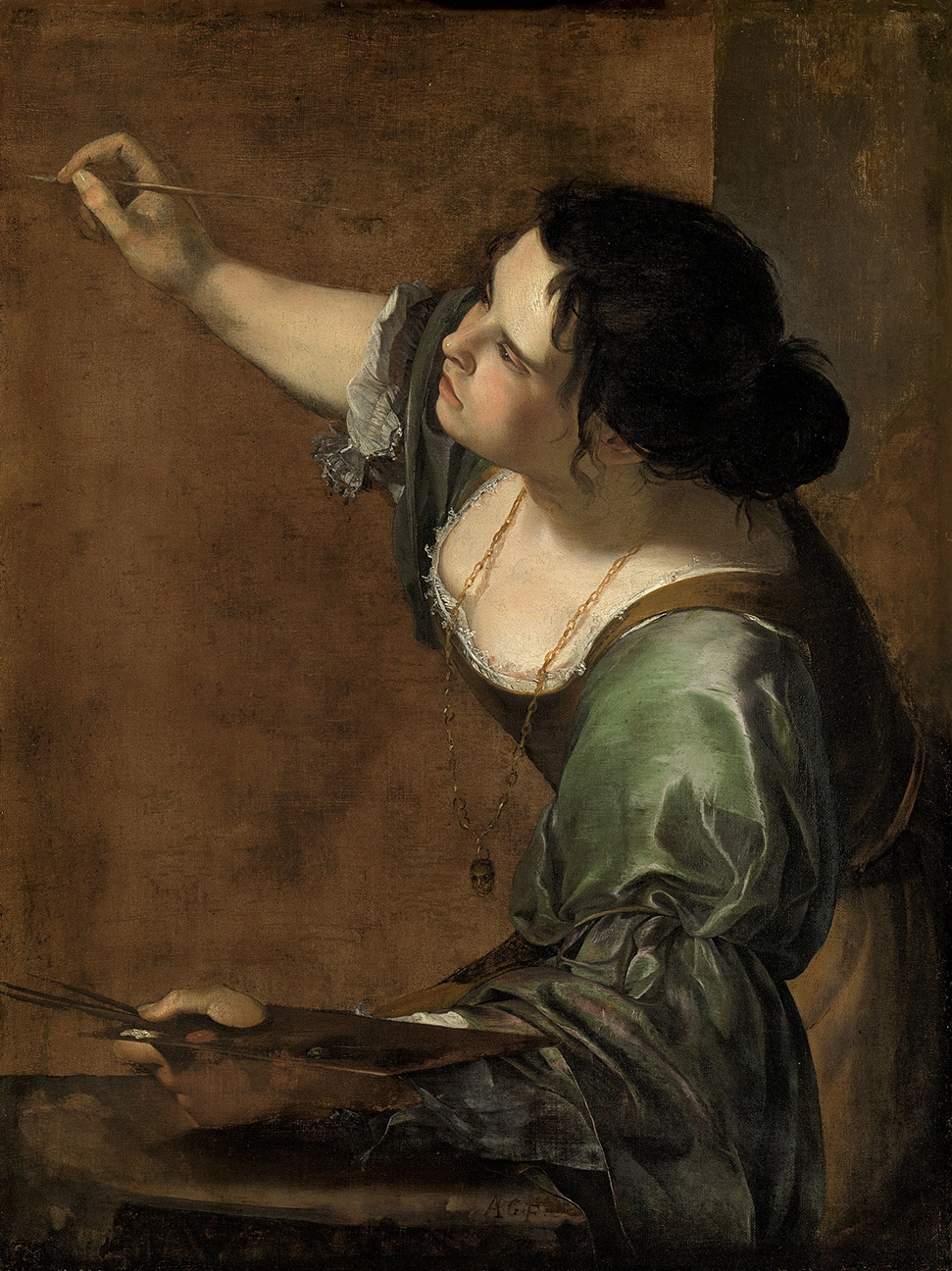 Pin
Pin This impressive group show provides an overview of 400 years, charting womens’ journey to become recognised as professional artists, many defying societal norms to do so. You’ll see works – over 200, in fact – by all the big names including Artemisia Gentileschi, Angelica Kauffman, Julia Margaret Cameron and Gwen John, as well as others by female artists who are only now being rediscovered. The exhibition begins in the Tudor court, taking the visitor through the 17th and 18th centuries to the Victorian period, which saw a vast expansion in public exhibition venues, before ending in the early 20th century with women’s suffrage and the First World War.
Expressionists: Kandinsky, Münter and The Blue Rider
Tate Modern
25 April - 20 October
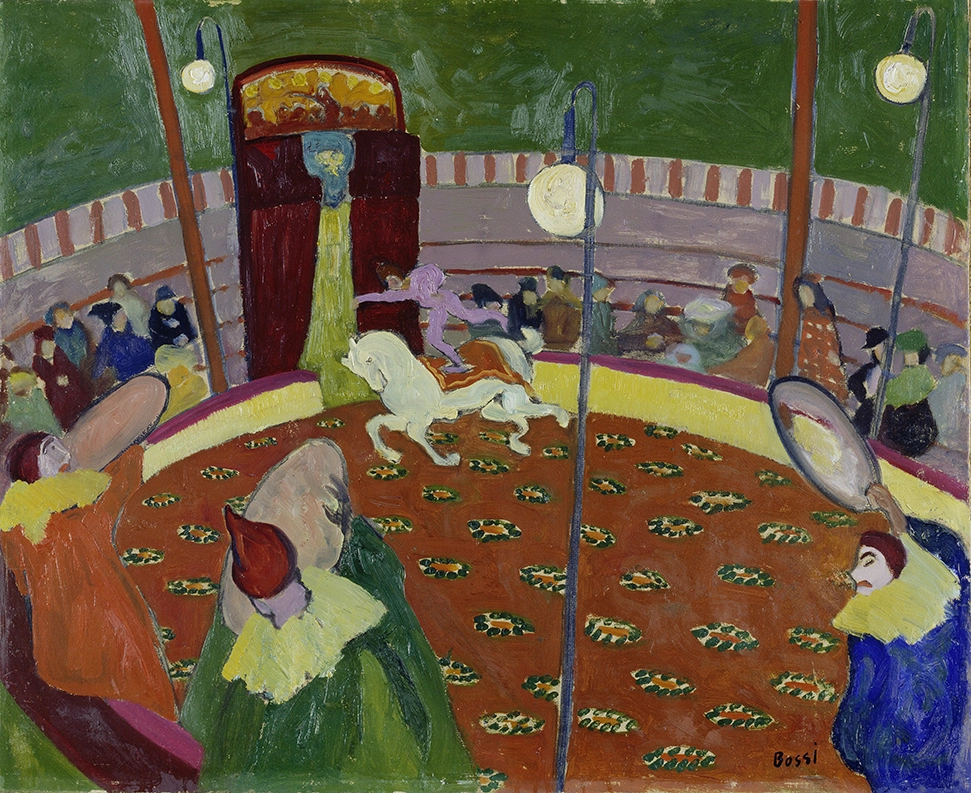 Pin
Pin Expressionists is the story of a group of friends and close collaborators – aka The Blue Rider – who came together in the early 20th century. In their own words, they were “a union of various countries to serve one purpose”. Their aim? To transform modern art. The collective of highly individual creatives rallied around Wassily Kandinsky and Gabriele Münter, experimenting with colour, sound, light and performance. The show draws on the unparalleled collection at the Lenbachhaus in Munich, alongside rare loans, with works by Kandinsky and Münter, as well as Franz Marc, Paul Klee, Erma Bossi, Wladimir Burliuk and Maria Franck-Marc on display, brought together in the UK for the first time in over 60 years to reflect a key moment in early modernist art.
Ranjit Singh: Sikh, Warrior, King
Wallace Collection
10 April - 20 October
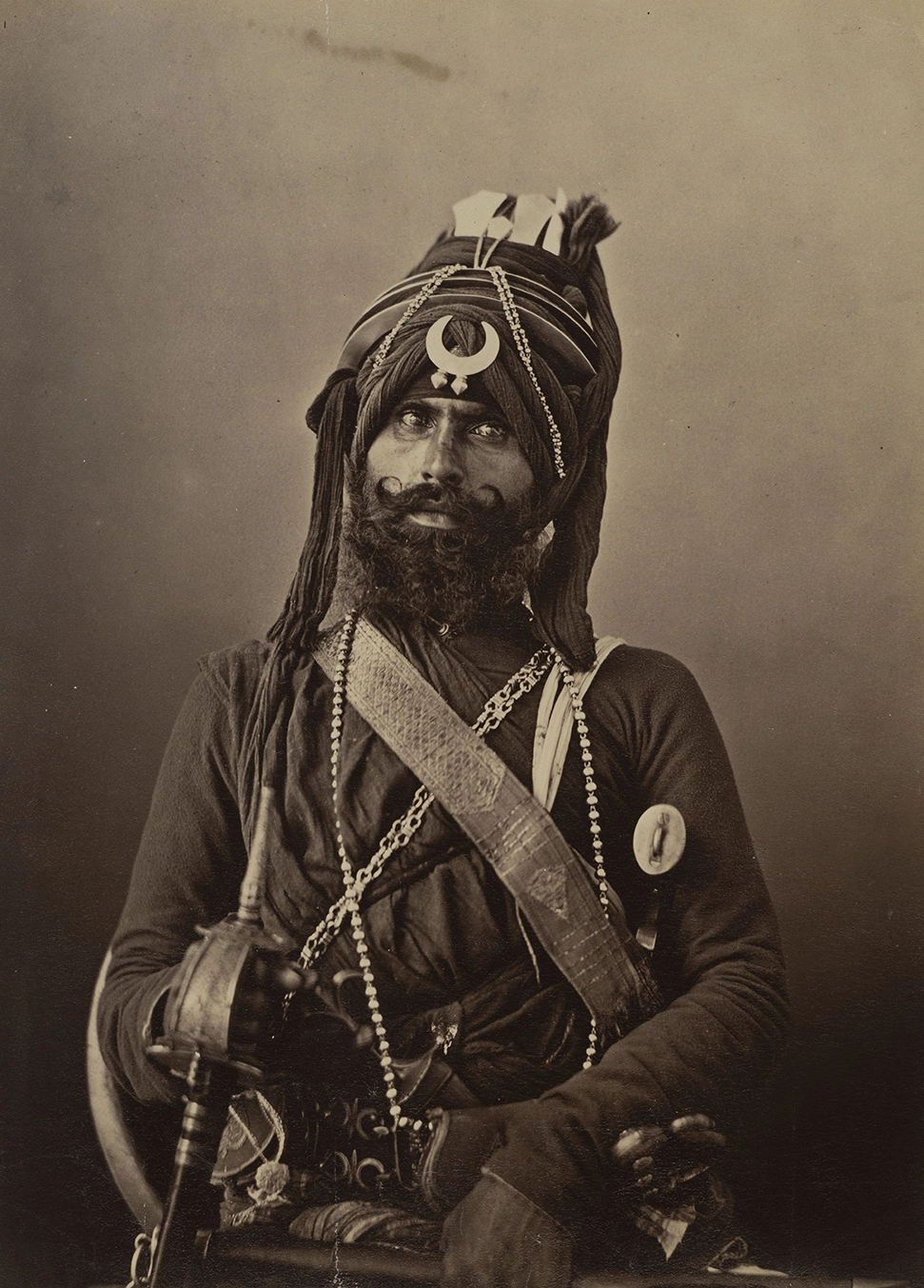 Pin
Pin This exhibition explores the life and legacy of Ranjit Singh (1780-1839), founder of the Sikh Empire – a kingdom which impacted the destiny of the Mughal and British empires, and shaped the future of the Indian subcontinent. Following decades of unrest due to Afghan invasions, Singh emerged as the Punjab region’s undisputed Maharaja by the turn of the 19th century. It was a meteoric rise to power and one which heralded a golden age of prosperous trade, flourishing arts and a formidable army. This colourful exhibition tells Singh’s extraordinary life story, featuring historic objects from his court, courtiers and family members, including incredibly fine miniature paintings and exquisite jewellery, as well as arms and armour including a sword glittering with gold and gemstones.
Yinka Shonibare: Suspended States
Serpentine South
12 April - 7 September
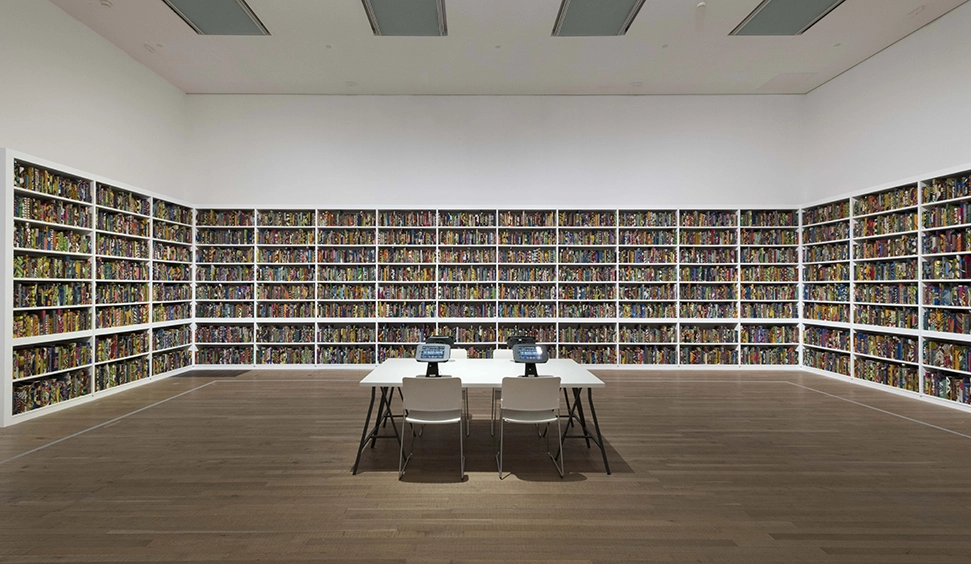 Pin
Pin Yinka Shonibare CBE RA brings his interdisciplinary practice to Serpentine South with Suspended States, his first solo institutional exhibition in London in over 20 years. It also marks a return to the gallery for the British Nigerian artist, who first exhibited here in 1992 as a finalist in the Barclays Young Artist Award.
The new show includes installations, sculptures, pictorial quilts and woodcut prints exploring, amongst other things, “systems of power, debates about statues and their place in our cities, and the European legacy of war and consequential attempts at peace.” Shonibare incorporates his signature use of Dutch wax print throughout the exhibition, the storied batik-like fabric a symbol of the tangled relationship between Africa and Europe. Highlights of the show include Sanctuary City, a series of miniature buildings which are currently or have historically been places of refuge for persecuted or vulnerable groups, and The War Library, an installation of 5000 books with gold lettering indicating conflicts and peace treaties linked to imperialism.
